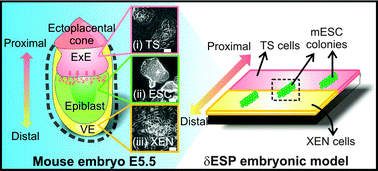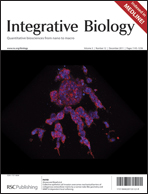*
Corresponding authors
a
Research Laboratory of Electronics, Massachusetts Institute of Technology, 77 Massachusetts Ave, Cambridge, USA
b
Department of Electrical Engineering and Computer Science, Massachusetts Institute of Technology, 77 Massachusetts Ave, Cambridge, USA
E-mail:
voldman@mit.edu
c
Institute of Bioengineering and Nanotechnology, A*STAR, 31 Biopolis Way, #04-01, Singapore 138669, Singapore
d
Department of Physiology, Yong Loo Lin School of Medicine, National University of Singapore, MD 9 #03-03, 2 Medical Drive, Singapore 117597, Singapore
e
Mechanobiology Institute, Temasek Laboratories, National University of Singapore, #05-01, 5A Engineering Drive 1, Singapore 117411, Singapore
f
NUS Graduate School for Integrative Sciences and Engineering, Centre for Life Sciences (CeLS), #05-01, 28 Medical Drive, Singapore 117456, Singapore
g
Singapore-MIT Alliance Research and Technology, National University of Singapore, S16-05-08, 3 Science Drive 2, Singapore 117543, Singapore
h
NUS Tissue-Engineering Program, DSO Labs, National University of Singapore, Singapore 117597, Singapore
i
Department of Mechanical Engineering, Massachusetts Institute of Technology, Cambridge, USA


 Please wait while we load your content...
Please wait while we load your content...